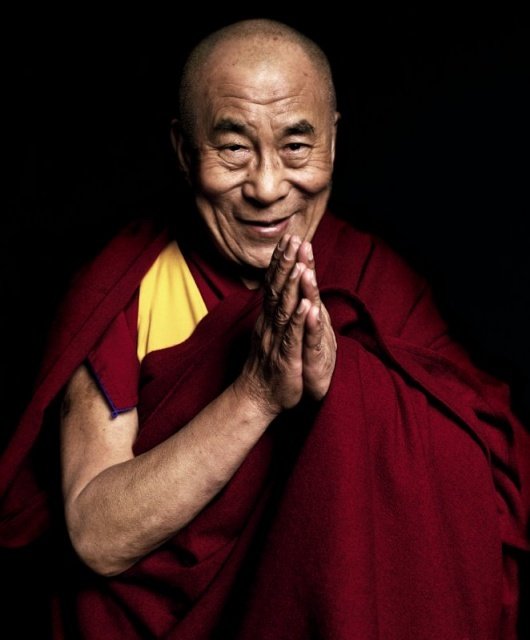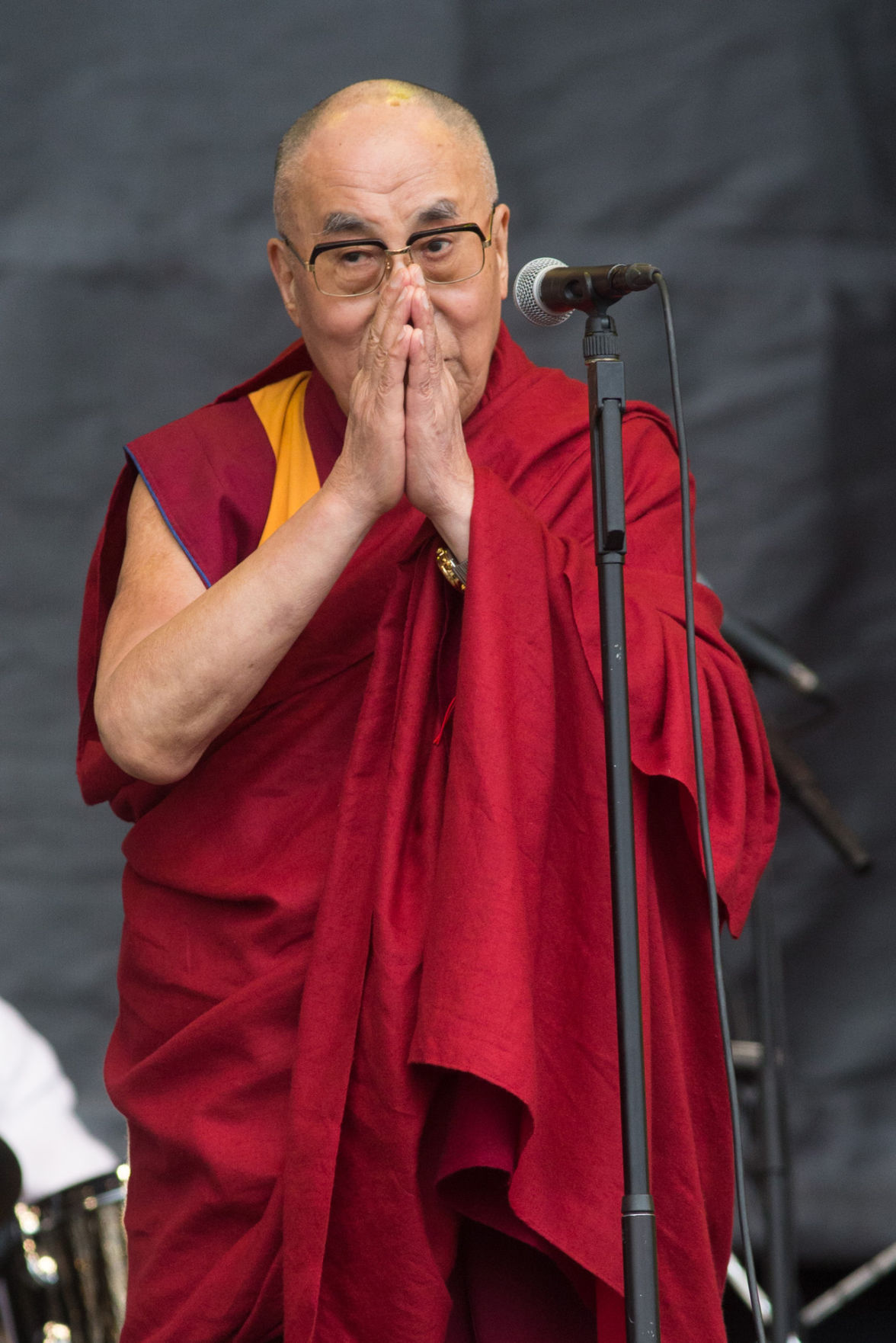

#1st dalai lama full#
The 87-year-old was enthroned as the 14th Dalai Llama in 1940 and assumed his full political duties in 1950 at the age of 15. (.) Although the ruling Communist Party is an officially atheist organization officials are barred from practicing religion it is perennially uncomfortable with. First come the years of meditation and discipline. He regrets any offense that may have been given,” the apology read. The Dalai Lama stated in 2007 that the next Dalai Lama could possibly be a woman, remarking. The apology explained the Dalai Lama “has a keen sense of the contradictions between the materialistic, globalized world he encounters on his travels and the complex, more esoteric ideas about reincarnation that are at the heart of Tibetan Buddhist tradition.” “However, it sometimes happens that off the cuff remarks, which might be amusing in one cultural context, lose their humor in translation when brought into another.

In 2019, his office put out a statement saying he was “deeply sorry” after saying in an interview that if a woman was to succeed him, she should be “more attractive.” This isn’t the first time the Dalai Lama has apologized for sparking uproar. Longer video footage of the Dalai Lama’s incident with the child appears to show the boy not actually going through with the spiritual leader’s tongue-sucking request with the pair hugging afterward. The Dalai Lamas headed the Tibetan government until 1951.The apology did not clarify which “words” he said during the interaction, and it did not disclose where or when the incident took place.īut media reports suggest the clip was actually filmed in late February at the Dalai Lama’s temple in Dharamshala, India, where about 100 students attended an event after graduating from the Indian M3M Foundation.Īccording to the BBC, sticking out your tongue is a traditional greeting in Tibet dating back more than a thousand years to the ninth century.

The legitimacy of the treaty and declared independence of Tibet was rejected by both the Republic of China and the People's Republic of China. In 1913, several Tibetan representatives including Agvan Dorzhiev signed a treaty between Tibet and Mongolia, proclaiming mutual recognition and their independence from China. This Tibetan government enjoyed the patronage and protection of firstly Mongol kings of the Khoshut and Dzungar Khanates (1642–1720) and then of the emperors of the Manchu-led Qing dynasty (1720–1912). įrom 1642 until 1705 and from 1750 to the 1950s, the Dalai Lamas or their regents headed the Tibetan government (or Ganden Phodrang) in Lhasa, which governed all or most of the Tibetan Plateau with varying degrees of autonomy. He has worked to overcome sectarian and other divisions in the exiled community and has become a symbol of Tibetan nationhood for Tibetans both in Tibet and in exile. The traditional function of the Dalai Lama as an ecumenical figure, holding together disparate religious and regional groups, has been taken up by the fourteenth Dalai Lama. While he had no formal or institutional role in any of the religious traditions, which were headed by their own high lamas, he was a unifying symbol of the Tibetan state, representing Buddhist values and traditions above any specific school. The Dalai Lama was an important figure of the Geluk tradition, which was politically and numerically dominant in Central Tibet, but his religious authority went beyond sectarian boundaries. Since the time of the 5th Dalai Lama in the 17th century, his personage has always been a symbol of unification of the state of Tibet, where he has represented Buddhist values and traditions.

Gendün Drubpa, 1st Dalai Lama, posthumously awarded after 1578.


 0 kommentar(er)
0 kommentar(er)
